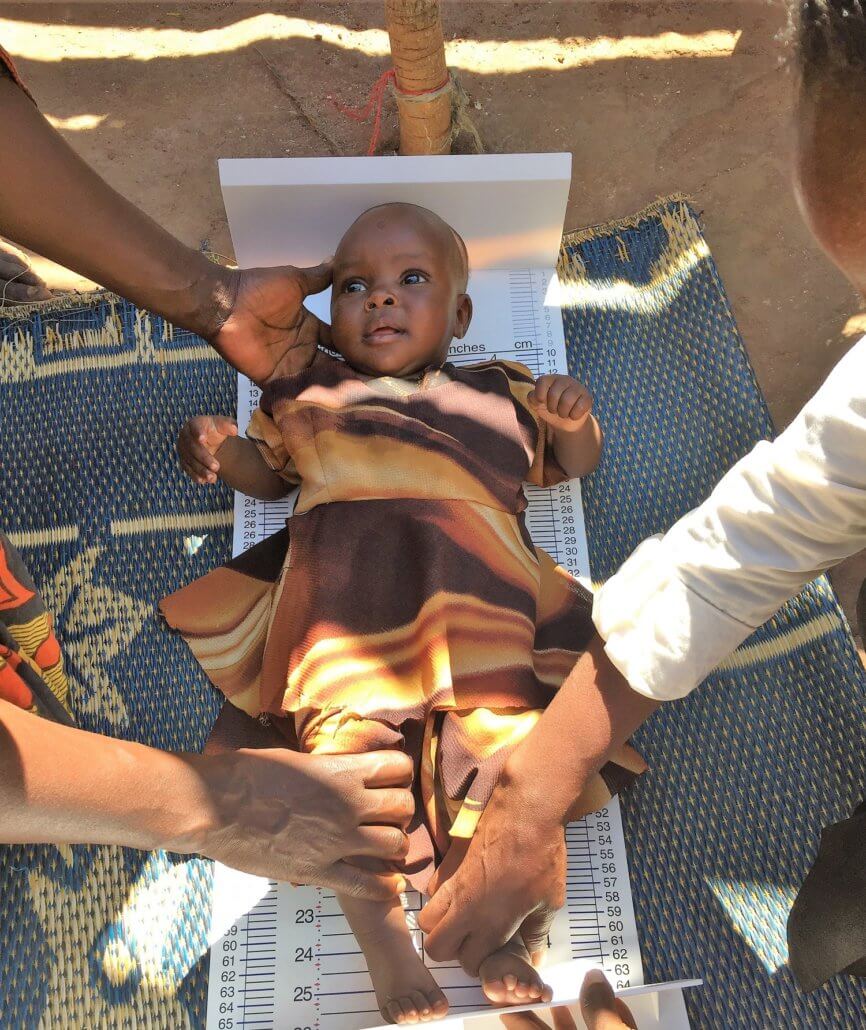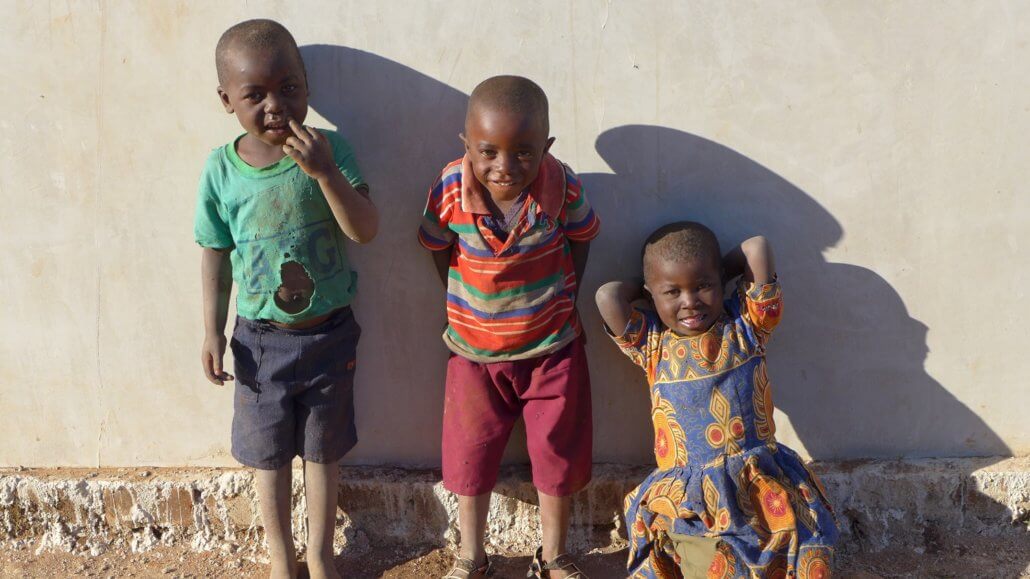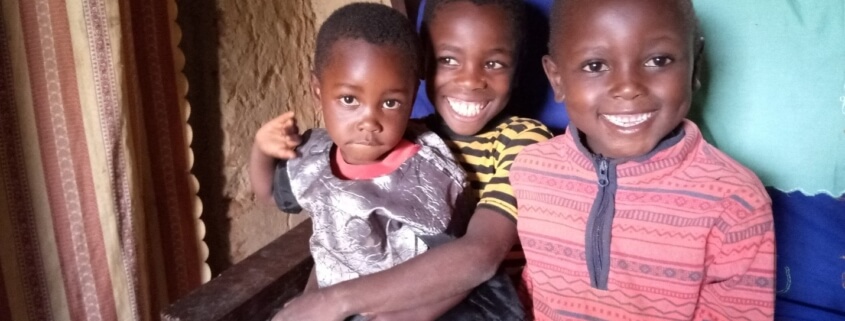Who Should Care About Childhood Stunting?
Stunting, a condition that can indicate physical and cognitive underdevelopment in a child, is a wide-spread, global problem. The fact that nearly one quarter – 22 percent – of the world’s children are stunted, is difficult to conceptualize. Read on to learn what stunting is, how to identify a stunted child, the damage to child health and the global economy, and how you can join Global Volunteers in the fight against it.
The World Health Organization defines stunting as being significantly below average on the height-for-age scale. This simple measurement can tell us a lot about a child’s future:
· it can indicate challenges moving forward,
· it can predict future educational and economic success, and
· it can, in many cases, predict future health and ability to thrive.
Most often, stunting is linked to poor maternal health, lack of adequate nutritional intake, and/or suffering disease during the first 1,000 days of life. When mothers do not have access to adequate nutrition, ensuring their children have enough of the right food to grow is a challenge. Environmental exposure to infection is also a serious concern. Contaminated water and poor hygiene have been linked to diarrhea and other infections that prevent the body from absorbing nutrients and/or maintaining growth.

The impact of stunting on individuals and communities shows up in almost every aspect of life and stage of development:
· Stunted children struggle to learn both early on and as they grow.
· Stunting perpetuates the cycle of poverty from generation to generation.
· Stunting can indicate an increased risk of long-term chronic diseases later in life.
· Stunting robs the global economy of trillions of dollars annually and robs children of their futures.
While preventable, many experts in the field believe the effects of stunting are irreversible after children reach their second birthday. Children who are stunted spend less time in school and are more likely to suffer from other health problems. Throughout their lifetime, these stunted children will continue to suffer the effects of poor cognitive and physical development, and, it is estimated, will later earn 20% less as adults than their non-stunted peers. This, together with the fact that stunted mothers are more likely to give birth to stunted children, suggests that stunting is tied to the cyclical problem of inter-generational poverty.

Why do we care? Why should you?
Because Global Volunteers believes that every individual has the right to grow up happy and healthy enough to determine his or her own destiny, we take the issue of stunting seriously. It is the main focus of our Reaching Children’s Potential program in Tanzania with the long-term goal of eradicating stunting for the next generation. Currently, we are addressing stunting in our initial target villages through a series of interventions focused on nutrition; water, sanitation and hygiene (WASH); parental workshops and education; and accessible healthcare. After the first two years of activity in the villages of the Ukwega Ward, the RCP program has had some exciting preliminary results, and all of us involved share great expectations for the children’s future.
Donate here to help eradicate stunting and give children the opportunity to grow up healthy and reach their full potential.




Leave a Reply
Want to join the discussion?Feel free to contribute!